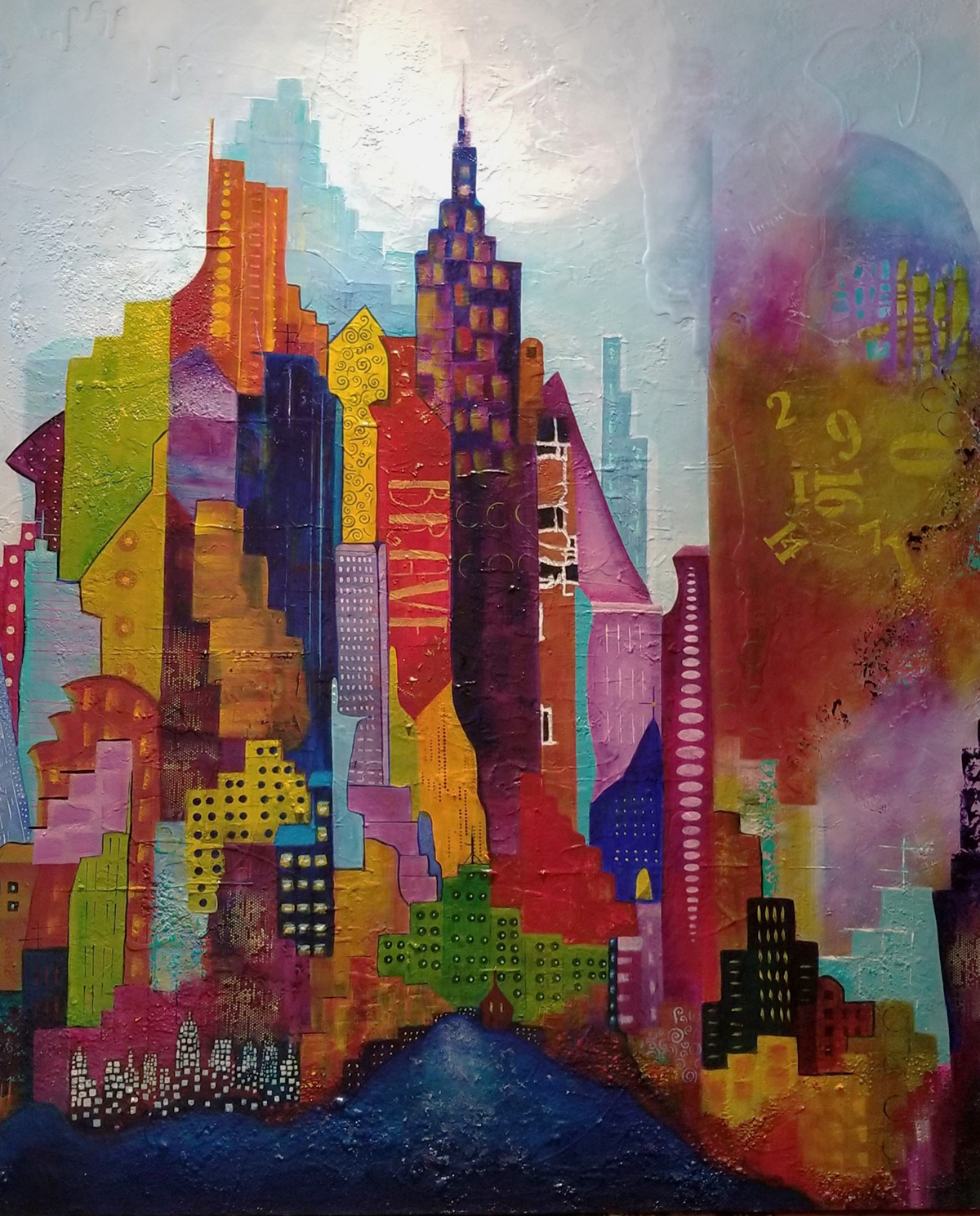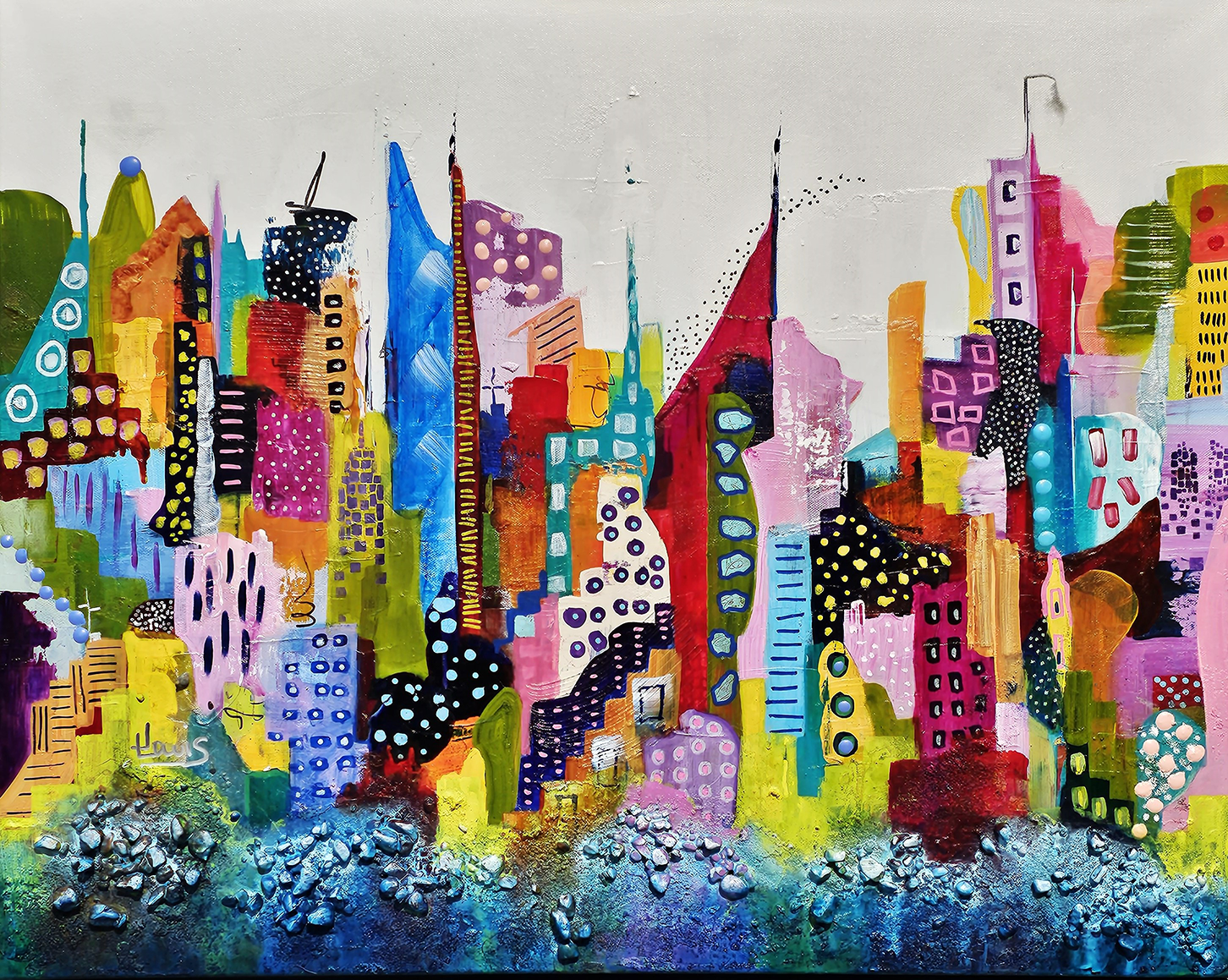
By the time this volume reaches you, the June solstice will have come and gone and summer will be in full green and yellow on the prairies. Campsites will be at capacity, the beaches punctuated by brightly coloured umbrellas and SPF-coated sunbathers with their Yeti coolers drawn to the warm lake waters.
Climate change notwithstanding, this seasonal cycle is fairly predictable. The human life cycle, and its relative phases (birth, childhood, adolescence, adulthood, senescence) is rather predictable, too. Change is to be expected, we’re told. It’s inevitable. It’s like a grain of sand: eventually it becomes a pearl—pink, ivory, Tahitian, lacklustre; round, oval, asymmetrical. Sure. But any gradient of change or transition is often difficult. Disorienting. Painful.
So why not avoid change? Why not remain in static contentedness? Wouldn’t it be easier for us to stay at our current jobs, in our current homes and towns, cities and countries, with the same partner, in the same familiar comfort with our families, sharing time-tested meals, coffees with long-time friends around the kitchen table, or marshmallows around a campfire?
Apart from the impossibility of stasis, life isn’t without interruptions. Aging, health, war, death, infidelity, or whatever the reason might be, can nudge us to a new place, a new partner, or even into a new version of ourselves. Perhaps, change and transition are beyond our control. Maybe it’s a lack of willpower; never satisfied, we submit to the appetites of the edacious ego,the insatiable id.We want life to be our oysters, no?
After reading and contemplating the poetry and prose gathered in 51.4, another possible explanation emerged. I think the most likely impetus for change is the promise of what we might call “an oyster of becoming” (Sneha Subramanian Kanta, “Dear Sylv,”).
Because we all want to become something. To simply become anything at all.
- Elena Bentley, Editor
DEAR SYLV, [excerpt] | Sneha Subramanian Kanta
I want to know how another year has passed by
icicles covering barren branches and stems
after winds encircle carnelian leaves
in momentum, a few months prior now
post-autumn, afterward, three ice storms;
above all, I want the world to remain still——
when driving toward Amsterdam, speaking
about love and moving from one town to another,
the sky was an oyster of becoming— or the photograph
where I bend to dance in Laren, or, you driving
across returning traffic until Doetinchem,
or trees in early November after rain;
bright bulbs inside the house,
and I, pressing water on my hands into
the patterned fabric of a kitchen cloth still an incantation of memory
the quiet mapping of things: an evening ripening into scent
and sound of petrichor and psithurism;
above all, I want the world to remain still——

REFUGE [excerpt] | Derin Emre
To Azaz. To Gaziantep. To Istanbul. To here.
You’re lucky, the officer said flatly to the old man and his granddaughter. There’s a spot open in a condo near Sheppard-Yonge. It’s not the centre of the city, but maybe that’s better? At least it’s not the public housing complex, where all the others live.
Back then, he thought it was the right choice, for some peace and quiet, but he regrets accepting it now. Here, nobody says hello. Nobody looks out for each other. There are other immigrants, even from his part of the world, but they are not the same. They are not refugees. Meanwhile, he sometimes forgets which building he lives in.
He doesn’t know English.
Neither does she, but children don’t need much to be friends. She will pick it up here and there. Bits and pieces, until she forgets her mother tongue one day.
He’s there, as protection, a relic of what they left behind. She isn’t allowed to watch the news from home. It’s too grim. Not that she wants anything to do with over there. She used to, but always got overwhelmed. Now, he alone watches clips from old TV shows. He alone talks to the few who remained, who had to.
He and his granddaughter, they had no reason left to stay. They have each other and this foreign place. A refuge.
It’s not bad. The government gives them money. They are safe. There is an ice cream store she can’t resist. The girl at the counter allows her a taste of every flavour, repeating their names without complaint. He feels too guilty not to buy a scoop before leaving, even though he knows that money is supposed to be saved for a rainy day.
THE INTERNET IS OUR PHOTO ALBUM [excerpt] | Kevin Irie
Dinner over, we turn on our phones. Scroll through the past
where the internet is our photo album.
The Japanese-Canadian Internment site,
a personal hit.
All those years we didn’t talk about
are brought up to date. What we didn’t discuss.
Relatives who were never famous now live
in occupied places online. They’ve donated their past
to history. Again, unwillingly.
This is them in Bay Farm, Popoff.
This is their past given the chance for a future.
These are their tents under snow at Slocan—
who lived through that winter?
Now they live inside photos under the file
of Canadian apartheid
genetic laws. But look, they’re smiling.
Like those grade four children
in the history they were living
for the very first, and last, time in Canada.
By the time they grow up,
they’ll be given the vote.

THE SHOES ON THE DANUBE PROMENADE: A SYMPHONY OF VOICES
[excerpt] | Karen E. Moore
Now, back to tonight’s program, and the symphony of these voices once silenced.
The First Movement. Instead of the oft-used Italian tempo markings, this movement opens with the German tempo marking Kräftig. Vigorous. Powerful.
Approximately two hundred thousand Jewish people within the city of Budapest, who have so far avoided deportation, are in imminent danger. Standing in the actual spot where such atrocities occurred, hear the quick march strains, the booted steps of fascist Arrow Cross members who, once in power, begin their reign of brutal terror.
This marching theme echoes throughout the movement, a tattoo beat layered month after month in that winter of ’44
The bass drum tread of Jewish citizens expelled in death marches from the provinces only a few months earlier. Exterminated. The forced footsteps of some sixty thousand in a labour march. Seventy thousand to the ghetto.
Thousands marched to the Danube.
The Second Movement begins with them. Tempo marking, German: Langsam. Slowly. This secular promenade, the audience’s hushed reverence as they approach this place, only amplifies the spiritual voices that refuse to be silenced. Standing amidst the shoes—amidst the lives—left behind, you hear the eddy of ghostly voices. They sing. No instrumental accompaniment. A cappella; “as in chapel.” Male. Female. Sacred. Voices lifting toward the heavens. Think Morten Lauridsen’s well-known choral work “O Nata Lux.” Polyphonic.The interweaving of voices. The intersection of lives. But here the comparison ends. Here, the sacred is heard in the pleading, anguished pitches of those who stood at the edge of this embankment, facing rifles.
My gaze follows the spectre of their song, their notes twinkling across the Danube to mingle with the reflected lights of the fairytale-like Fisherman’s Bastion from the bank opposite. The majesty of the coronation cathedral, St. Matthias, sits within the safety of its arms. A World Heritage Site. And a breathtakingly beautiful one.




